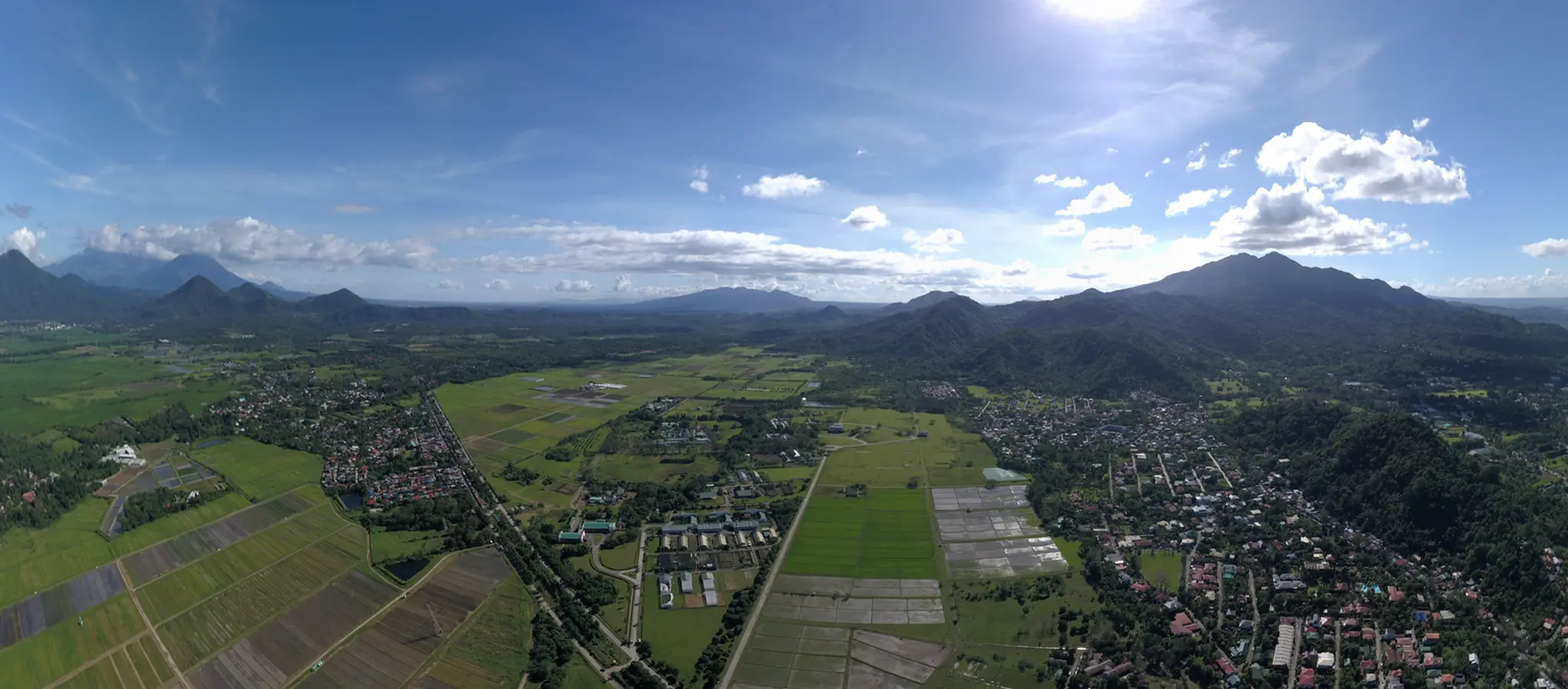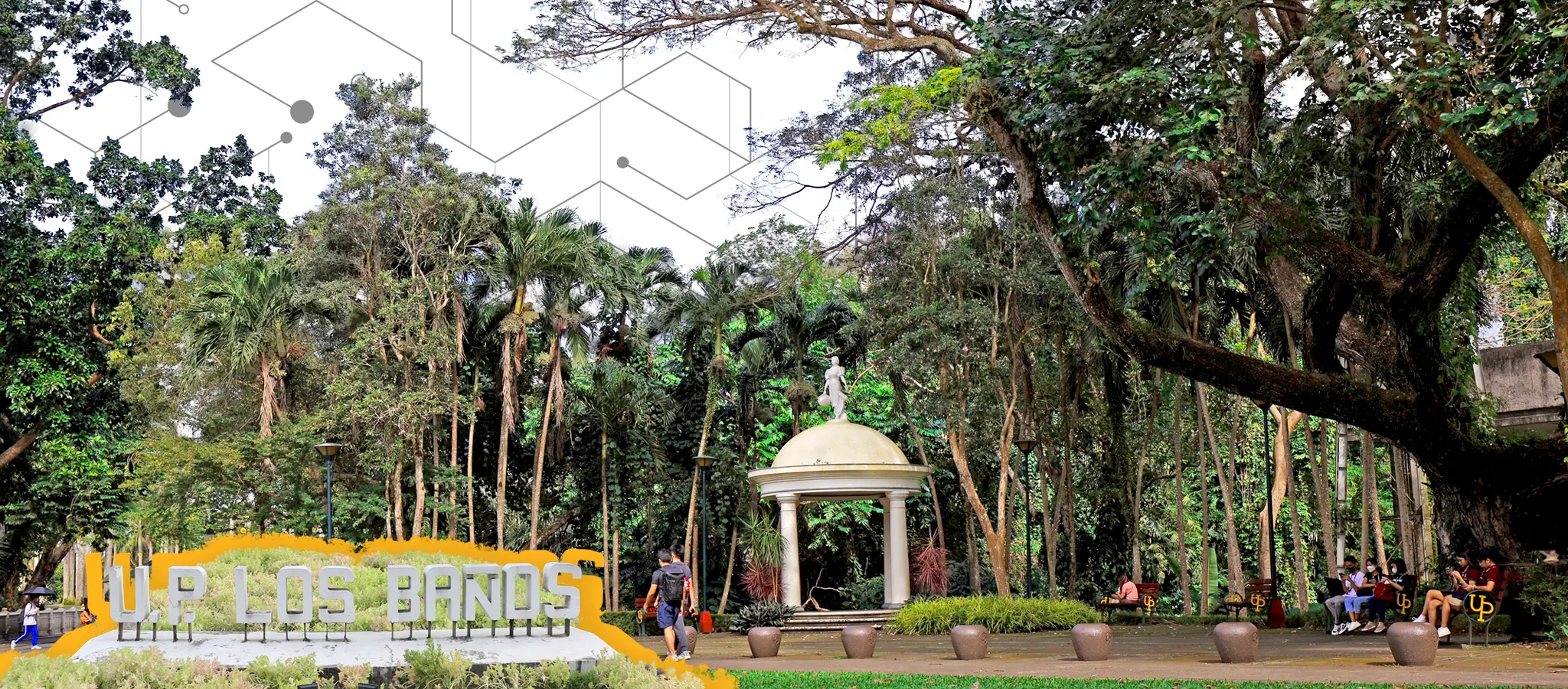
Here’s one to add to a wanderlust’s stops south of Manila – the UPLB Laguna-Quezon Land Grant (LQLG), which straddles part of Siniloan, Laguna and Real, Quezon.
The name does not make it sound like a touristy place, but in all its unburnished glory, LQLG is a gem of a destination for people longing to escape the hustle and bustle of the city.
Located 81 kilometers southeast of Manila, LQLG is said to hold majority of the remaining forest cover of Sierra Madre, making it the last bastion for endangered species of the Philippines.
A visit to LQLG is as much educational as it is relaxing. It brings one into the world of natural resources, flora especially, that should have been conserved elsewhere in the country.
UPLB, which administers LQLG, is developing it into a tourist destination of choice. It does so with the full understanding that whatever is generated from it would fund stewardship activities, including biodiversity conservation.
New amenities and attractions, like the Conservation Gardens and the BINHI Arboretum of Philippine threatened trees, are already up. The Conservation Garden is a 400-m trail consisting of six interconnected gardens of native and endemic plants like medinillas, aroids, ferns and pandans, gingers, palms, and hoyas and orchids. The Hoya & Orchid garden showcases the Hoya landgrantensis, a species discovered in the Laguna Land Grant in Paete, Laguna.
The BINHI Arboretum, on the other hand, is a collection of the most threatened trees in Sierra Madre, and also in the Philippines. BINHI is funded by the Energy Development Corp. (EDC) to provide a haven for the long-term protection and survival of trees and to rescue and ensure the propagation of selected 96 premium Philippine threatened tree species across the country.
Another attraction is the jade vine trellis set up between the conservation gardens and with funding from CleanTech Renewables. Jade vine (Strongylodon macrobotrys) is a perennial vine that has jade-colored, claw-shaped flowers which bloom in huge, showy, pendant, grape-like, clustered racemes drooping to 40 inches long. The flower is endemic to the Philippines and is featured on the country’s 5-peso coin. Jade vine flowers bloom from March to July.
One can also go fishing and rafting at the lagoon, mountain climbing, traversing the eco-trail, biking, camping, car camping, and tree planting, or have a photo and video shoot.
Bird watching is another activity that one can enjoy at LQLG, with many of the threatened and restricted-range birds of the Luzon Endemic Bird Area recorded and presumed to occur in the place as per research conducted by Birdlife International.
LQLG will also soon offer accommodations at the guest house, and in the future, in cabins and cottages. With its scenic and lush surroundings and the learning opportunities it provides, LQLG will soon be an edutourism destination that’s going up in everyone’s list of places to visit.
Share this on:



